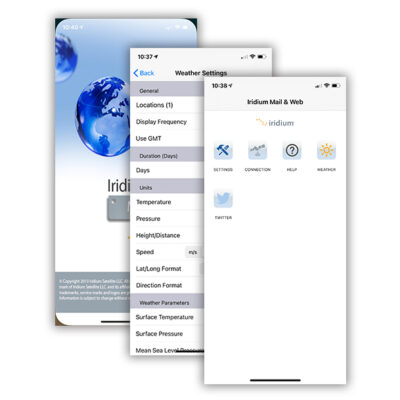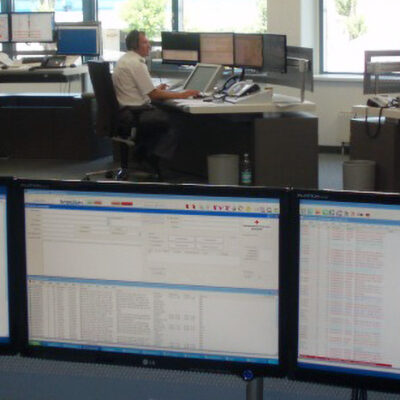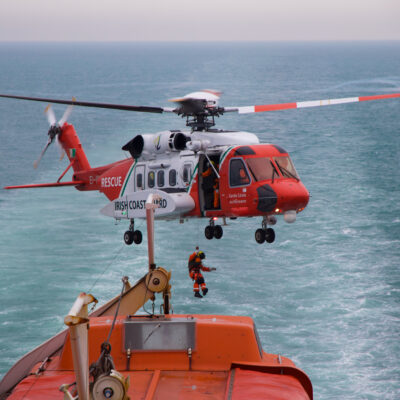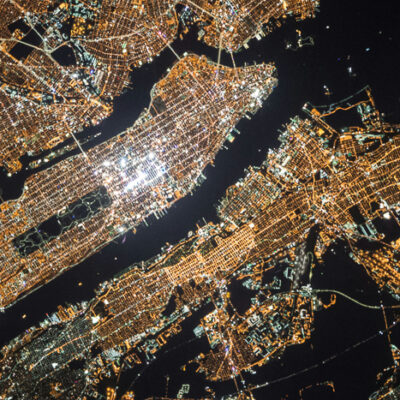In Canada and Alaska there are many great rivers to paddle or hiking regions far from civilisation. Many places can only be reached by floatplane or an outfitter can drop you off at a starting point on a road and you are on your own for a few weeks.
Myself, Matthias Cramer, have paddled several remote rivers in Canada and Alaska: Yukon River, Porcupine River, Wind River, Nisutlin River, Koyukuk, Thelon… There are numerous others and what they all have in common is that you are often away from civilisation for many days or even weeks. Of course, you can do such a tour without any kind of modern communication, but for safety reasons it makes sense to take a communication device with you.
In my case, it saved the life of my co-paddler. We were camping on a small island in the river, 30 km downstream from a village, and my partner got an intestinal blockage. We were able to organise a motorboat pick-up to take us back to village and were then flown from a small airport to the nearest hospital (6 hours flight).
For far-away regions in northern Canada and Alaska, Iridium phones (Iridium 9555 or Iridium Extreme 9575) or an Iridium-based messenger (Garmin InReach mini) are a good choice. The advantage of a phone is that you can communicate your problem very precisely and receive direct feedback from the other person as to whether he/she has understood everything correctly. With a messenger, it can be quite a hassle to type a message and the communication is more time-consuming. I wouldn’t rely on sending a text message without any feedback in an emergency.
We always had a solar panel with us on our tours to charge the phone or other technical equipment such as cameras and GPS devices. An Iridium 9555 can only be charged via a 9–36V cigarette plug, the Iridium Extreme 9575 also via USB. There are solar panels with a cigarette plug socket and many more with a USB charging socket. Some solar panels also have their own built-in buffer batteries.
The batteries of satellite phones hold a charge very well and normally the device remains switched off. To make sure that the battery does not discharge, you can remove the battery and carry it in an inside pocket of your jacket. This also protects the battery from too many temperature fluctuations. I can only recommend that paddlers carry their phone on their body in a waterproof pack. I know people who have capsized and completely lost their emergency phone or had it damaged by water. We simply put the phone in a ziplock bag and put it in a second one. On the one hand, this is very cheap and on the other hand, it is absolutely suitable.
Please be sure to enter emergency numbers in the phone book in advance. As a company, we often see that international emergency numbers are entered in the phone book of the returned rental phones. However, these numbers are usually not accessible via satellite communication. Satellite phones can reach all landlines and mobile phones worldwide, but not Tollfree Numbers in the USA or special numbers like 110 or 112 in Germany. Find out which local telephone numbers you can really reach in an emergency to help you.
Rental satellite phones
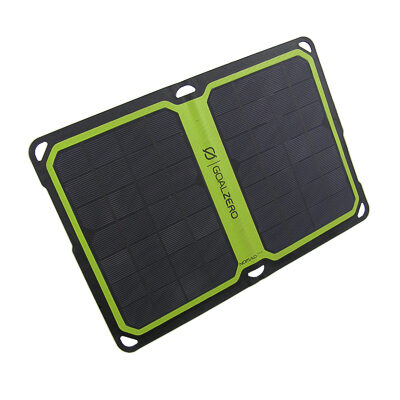
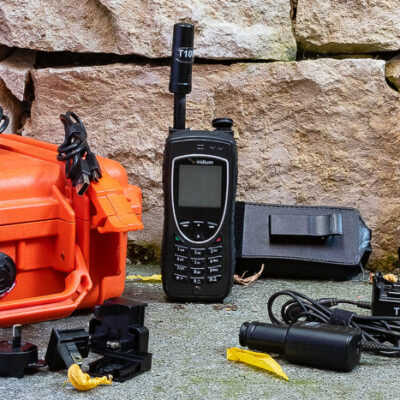
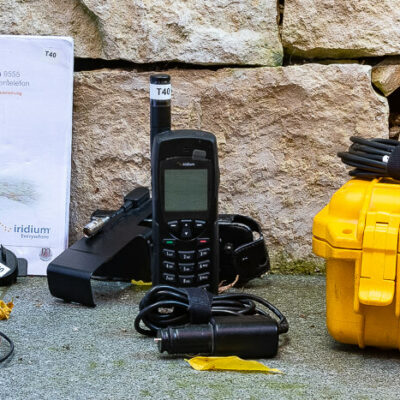
If you take a phone with you on an outdoor trip, please test the phone to get a feel for how it works. The connection with a satellite phone can also be interrupted sometimes because the satellite is lost behind an obstacle or the voice quality is not at all what you are used to from a mobile phone. Make yourself familiar with the device that may save your life.
Rental phones from us are equipped with contract cards, which means you can make calls for as long as you like. We wish you a good and safe journey and hopefully you will never really have to use the satellite phone in an emergency.

